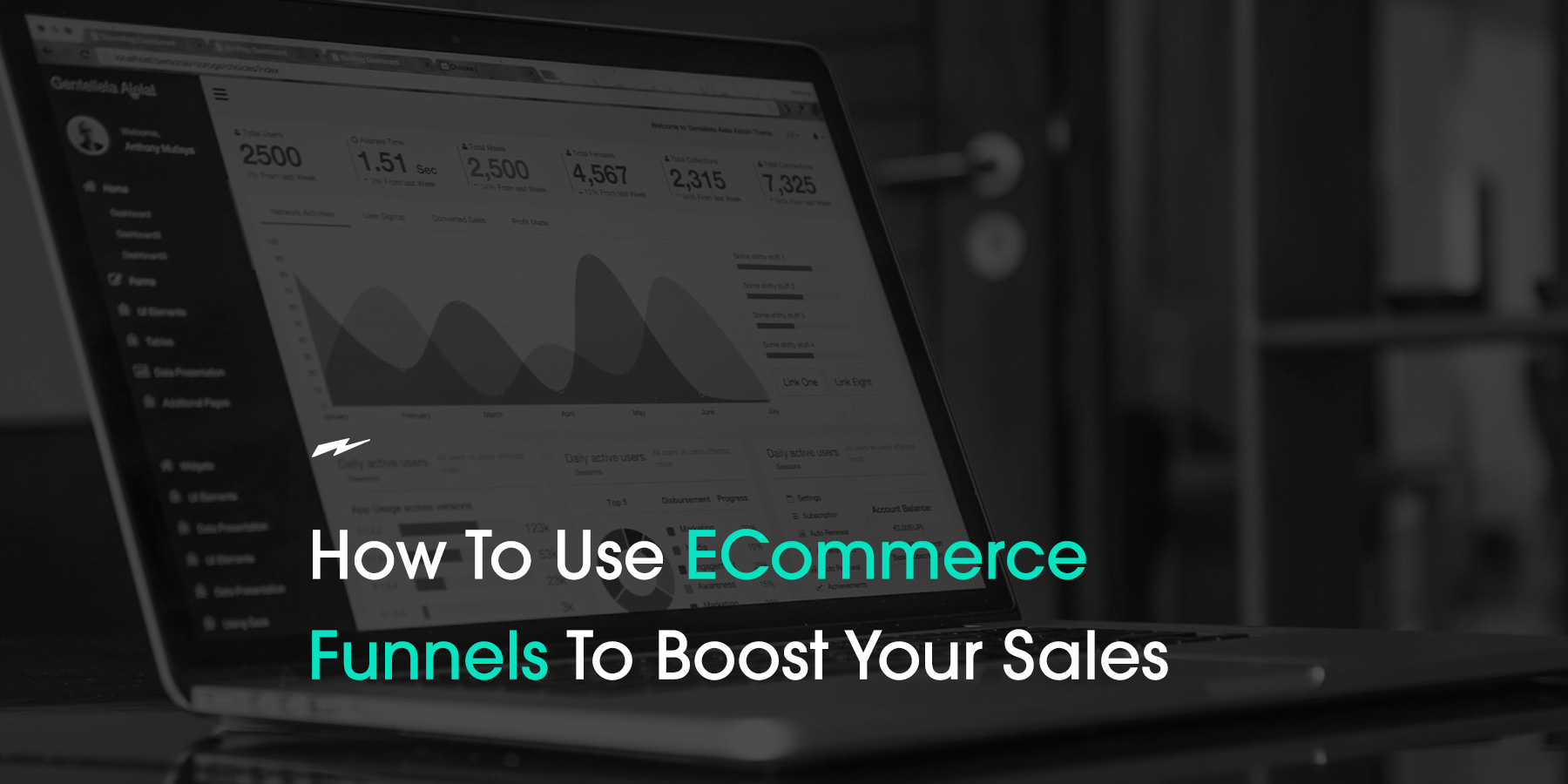There are plenty of benefits to hosting your online business on an eCommerce platform. It puts your enterprise on the map on an already populated market of sellers and buyers. This makes your products categorically easier to view by people with a history of purchasing items in related product categories. However, there’s also much greater competition on the platform. Online business owners need to optimise their site to ensure consistent traction and online visibility to have decent sales figures.
Making a more optimised Shopify store
Although your Shopify store has a great potential of reaching an almost limitless market, you should remember that you’re competing with hundreds of thousands of other brands. The list of competitors you must have the edge over ranges from local business owners to well-known brands. Thankfully, you can stay competitive by knowing how to develop your Search Engine Optimisation (SEO). The better built your Shopify site is for visibility, the greater chances you will reach the right market for sales.
In this article, we’ll share four critical SEO tips to increase your Shopify store’s visibility.
-
Develop a user-friendly site structure
A user-friendly site structure allows shoppers and search engines to navigate your site easily. By having a well-mapped site, you will get a higher ranking for your SERP. Additionally, it enables your site visitors to reach the product of interest they want to purchase intuitively.
Thankfully, Shopify makes it easy for shop owners to generate an automatic sitemap. However, you still need to align its hierarchy for an easy-to-navigate product catalogue. This makes it easier to categorise your products according to item types and collections.
-
Perform keyword research
The core principles of SEO depend on how well you can conduct and apply keyword research to your site’s content. Being familiar with your target demographic makes you more capable of connecting with them through keyword research usage will be. You can do this by knowing the right search terms your target market is most likely to input on their search bars. It can also help to include a specific demographic or product niche in mind, like “wool sweaters for men” or “bathing suits for women.”
-
Optimise your URLs, meta descriptions, titles, and alt texts
Armed with the right keyword research for the products that match your target market, your next objective is to implement it throughout your website. There are many ways to utilise your keyword terms. You can attach them on URLs, product titles, meta descriptions and even image alts. Shopify makes it convenient for you to optimise your SEO by using a “Search engine listing preview.” From there, you can seamlessly apply your keyword research by editing your site’s SEO.
-
Prioritise your site loading speed
Like any indexed site searchable through search engines, your Shopify store is ranked according to algorithmic preferences. This means AI search bots will value your site on factors like keyword density, backlinking strength, loading speeds, and more. You can use Google’s PageSpeed Insights to assess if your Shopify store’s pages are due for speed optimisation. A recurring site speed issue for Shopify stores you should note are massive image files, you can use an image compression application to ensure that your images are optimised for shorter load times.
Conclusion
Launching a Shopify store today is the perfect time to capitalise on the growing boom of eCommerce. Since more consumers are reliant on digital transactions, establishing an effective online store is one viable way to achieve success as an entrepreneur.
Hiring web design experts to reinvent your site will be your best bet in keeping up with modern SEO practices. At Lethal, our talented team of professionals can optimise your site for greater online visibility. If you need your business to receive professional web design in Perth WA, get a free quote for rebranding your site’s website design today!





